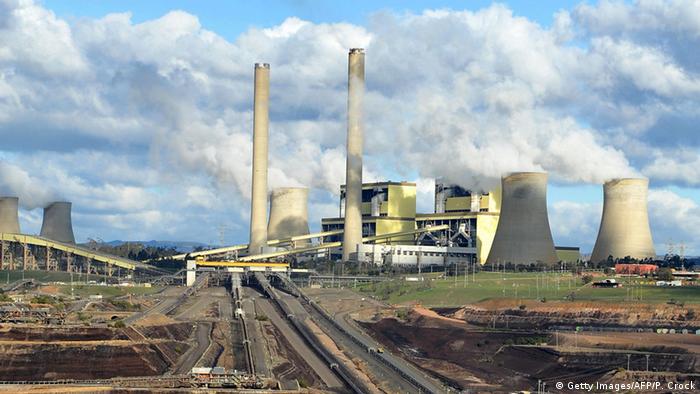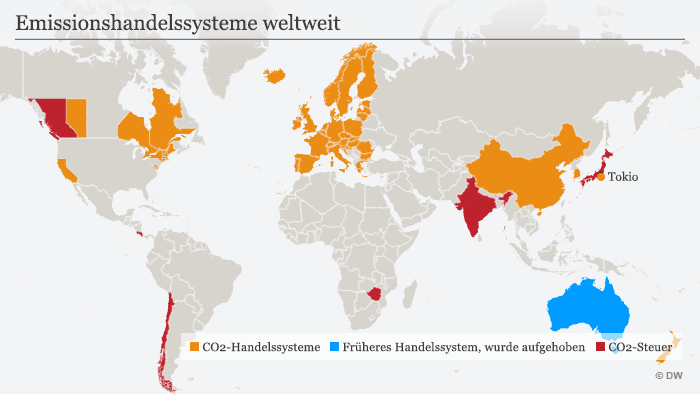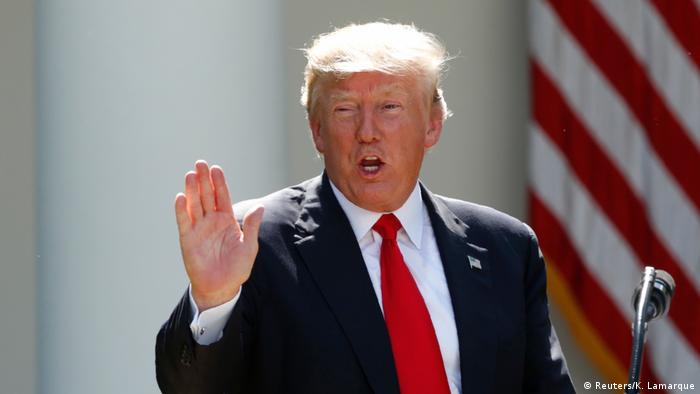Switzerland and the EU to link their emissions trading systems. China wants to start at the end of the year a similar System. Is not risen, the dream of a global CO2 market is still in the smoke?

As the European emission trading went on in 2005 to the Start, was the hope. Many believed it would be the first step to a global trade. In the United States was working on a similar System. However, shortly after Barack Obama took office in 2008, Republicans rejected the plan in Congress. The European emissions trading system – after the English name ETS as a stand without a Partner. There were no other large System outside the EU, in which companies with pollution rights would be able to act.
But now something seems to do. Last week Brussels announced that it will connect its System with that of Switzerland. The agreement could come into effect in 2018. It’s not necessarily the big global System, once this was provided, but at least it’s a start.
Permits for air pollution
The emissions trading system is one of the most important pillars of the EU climate protection policy. It is intended to create economic incentives for companies to reduce CO2 and to invest in clean technologies. A company launches in Europe the climate-damaging exhaust gases, it has to show certificates – permits for air pollution and climate damage. Some of the certificates you get for free, others you need to buy. The CO2-certificates that do not consume the companies that you can sell.

Switzerland and the EU are to link their emission trading systems
The idea is simple: those Who pollute the air, pay. Who saves emissions, also saves money. The System, however, has a Problem. There are too many emission certificates on the market, the price of CO2 is in the basement. The economic incentive to reduce emissions is low. The EU wants to reform the emissions trading scheme. Other countries are reluctant in the CO2 market. You have seen how the European System suffers.
Australia has established in 2007 an emissions trading system that would be linked with the European ETS. However, after a change of government in 2013, the law was reversed. A couple of small projects have been introduced e.g. in South Korea, and new Zealand, as well as in some States of the USA. But the success of these systems is questionable, says Aki Kachi, Policy Director at Carbon Market Watch. Accordingly, the enthusiasm of many of died down.
Emissions trading is a Central part of the Paris climate agreement. And so far, it has been possible in any System to keep the CO2 prices are so high, in order to create sufficient incentives for emission reductions. “About ten years ago, the European Commission could look like a roadmap, as an OECD-wide emissions trading system by 2015. This is not happening, as you can see,” said Kachi and the DW.

The Chinese giant
However, not all have turned away from emissions trading. China wants to introduce a national emissions trading system similar to the European ETS. It will cover approximately a quarter of all greenhouse gases emitted by the industry. In the cities of Beijing, Shanghai, Tianjin, Shenzhen and Chongqing as well as in the provinces of Guangdong and Hunan regional pilot projects are already up and running.
The new national program is four times as large as the regional systems and the largest CO2 trading system in the world – far more extensive than the European ETS. But according to Kachi analysts in relation to the Chinese project skeptical. The Details are still unclear. It is also not sure whether the program is really as large as advertised. Originally, the System should be introduced at the end of the year. Now it should go until 2018 to Start. It remains especially unclear whether China has learned from the mistakes of the European Version.
“The essential Details of the Chinese system are not yet known,” says Kachi. “It is still too early to say whether it will be successful.”
A globally-linked System?
In spite of all the uncertainties in the Chinese trade system, lets hope that there could be a global CO2 market. Hope fully some States in the USA that want to expand in spite of Donald trump’s exit from the Paris climate agreement of their own two new systems at the regional level.

With his decision out of the Paris climate agreement out has Trump given to regional emission trading systems new updraft
The merger of the EU and Switzerland, so only the beginning? Probably not, says Kachi. The Swiss connection was a logical step. After all, Switzerland is an island in the middle of the European ETS. “It’s definitely a special case,” he says.
The Swiss model could serve as a model for other groups – for example, in the case of a British trading system, should the UK decide after Brexit, a private emissions-trading system.
Stand-alone markets to be the better Option
We need a global CO2 market? Many analysts argue that the European ETS would not necessarily be linked with other systems. It might even be better off as a standalone market.
Jessica Green, who works on environmental issues at New York University, is against such associations. In your opinion, a global emissions trading system would be more complex and lead to less emission reductions. “Attempts to link trading systems in Europe and in California and Quebec, have led to falls in Price. The markets were not stabilized but, rather, more prone to fluctuations,” she wrote in an article at the beginning of the year.
The EU would like to wait for the Start of the Chinese system, before it thinks of possible links. The dream of a global CO2 market lives.
Watch the Video 03:49 Share
A lot of smoke about nothing, As the CO2-emission trade fizzles
Send Facebook Twitter google+ Tumblr VZ Mr. Wong Xing, Webnews Yigg Newsvine Digg
Permalink : http://p.dw.com/p/17hhp

